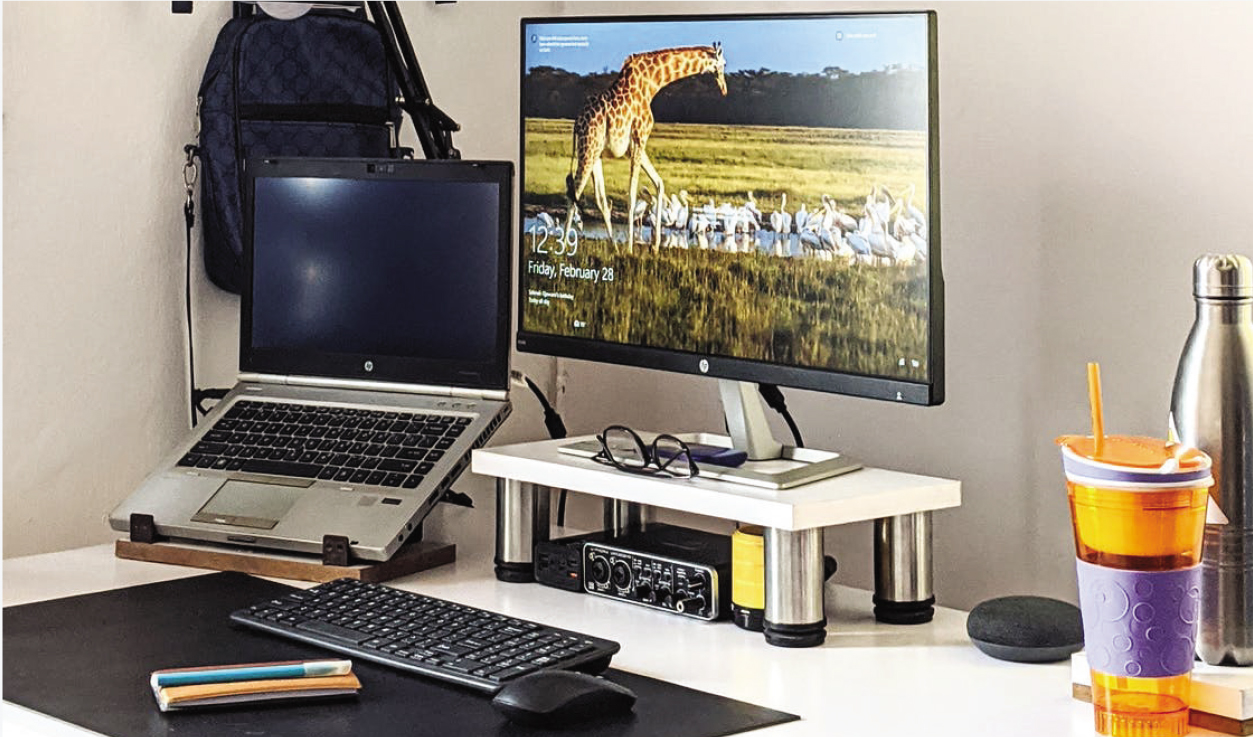Non-Destructive Testing (NDT) is a broad category of inspection techniques, and is an important tool in aircraft maintenance, repair and overhaul (MRO). NDT includes the inspection of an airframe structure and engine for surface and sub-surface cracks, impact damage, corrosion, and other irregularities. These inspections must be done without having to dismantle components, and should be quick and accurate so as not to prolong aircraft downtime.
NDT techniques are necessary to determine whether an aircraft is airworthy. Small cracks or leaks that go unnoticed can lead to larger damages. CloudVisit’s Aviation Maintenance Software can increase aviation safety through accountability in NDT, and maximize efficiency to ensure an aircraft is not grounded for a prolonged time.
What Are Non-Destructive Testing (NDT) Techniques?
A particular NDT technique is chosen based on many factors. These factors include but are not limited to the material being tested, the skill level of the technician, the speed in which the technique can yield results, whether a record of the results can be generated, and what equipment is needed to conduct the NDT test. A few examples of NDT methods are listed below:
- Visual/Optical—probably the most frequently used NDT method, a light is used to illuminate and examine the test specimen with the eye for cracks, leaks, and corrosion. Equipment such as a magnifying glass, borescope, video imagescope, and a magnifying mirror can be used to aid visual inspection.
- Eddy Current—is a precise method of determining surface and sub-surface defects such as cracks, corrosion, and heat damage in a conductive material. An electromagnetic field is applied to metal, and any defects in the metal will distort the electromagnetic flow. A benefit of Eddy Current testing is that it generates a digital record of results for advanced analysis.
- Liquid Penetrant Testing— Colored liquid is applied to a surface and can be drawn into miniscule cracks, and becomes visible under UV light. This method is used to identify defects and discontinuities in surface metal or nonporous materials.
- Magnetic Particle Testing—fine ferromagnetic particles are applied to a metal surface or near-surface, and magnetic fields are used to locate discontinuities. This phenomena is called a magnetic flux leakage.
How CloudVisit’s Aviation Maintenance Software Can Maximize Efficiency and Accuracy in Non-Destructive Testing (NDT)
Using Aviation Maintenance Software, inspectors do not need to be present at the site to approve the NDT inspection. Technicians do not need to wait for the inspector to arrive, and can use their time more efficiently, leading to a quicker aircraft turnaround time. Instead, on site technicians can use CloudVisit’s Aviation Maintenance Software to take a video recording of the tests and the results, and save the recordings to the cloud. The inspector can quickly review the recording in real time, confirm that the proper methods were used, and that the results are accurate. This recording can be hyperlinked to a list of tasks that must be completed during the inspection, ensuring optimal project efficiency.
NDT methods are invaluable to aviation MRO. CloudVisit’s Aviation Maintenance Software can streamline NDT while providing a accurate record of project workscope, completion, and sign-off. There is no need to wait for inspectors to arrive, and there is no need to second-guess any tests. CloudVisit’s Aviation maintenance Software is a leading software that promotes efficiency and accuracy in aviation maintenance, and can be an asset to NDT inspections.

 Language:
Language:







